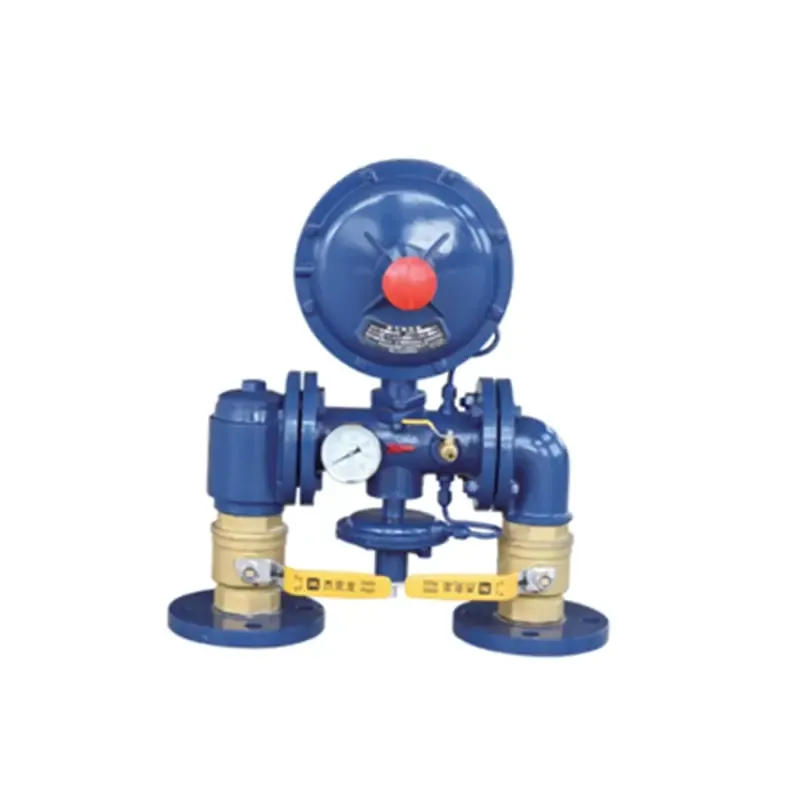
Nov . 11, 2024 06:40
Back to list
مبادل حراري
Understanding Heat Exchangers Principles and Applications
Heat exchangers are crucial components in various industrial and engineering applications, serving the fundamental purpose of transferring heat between two or more fluids. They play a vital role in enhancing energy efficiency and are widely used in different sectors, including power generation, automotive, HVAC (Heating, Ventilation, and Air Conditioning), and chemical processing.
Basic Principles of Heat Exchange
The primary function of a heat exchanger is to facilitate the transfer of thermal energy from a hot fluid to a cold fluid without mixing them. This process can significantly increase the efficiency of temperature regulation systems. The effectiveness of a heat exchanger depends on factors such as the surface area, the temperature difference between the fluids, and the properties of the fluids involved.
Heat exchangers can be classified into several types based on their design and operating principles. The main categories include
1. Shell and Tube Heat Exchangers These consist of a series of tubes, one set carrying the hot fluid and the other the cold fluid. The large surface area provided by the tubes allows for effective heat transfer.
2. Plate Heat Exchangers These use multiple thin plates to create channels for the fluids. The design maximizes surface area while minimizing the space required, making them efficient for applications with limited space.
.
4. Double-Pipe Heat Exchangers This type consists of one pipe inside another, allowing two fluids to flow in opposite directions. This design promotes efficient thermal interaction between the fluids.
مبادل حراري

Applications of Heat Exchangers
Heat exchangers are integral to many systems where temperature control is essential. In the HVAC industry, they are used to regulate air temperature in residential and commercial buildings, ensuring comfort and energy efficiency. Similarly, in power plants, heat exchangers play a critical role in cooling systems to prevent overheating of machinery and maintaining operational efficiency.
In automotive applications, heat exchangers are responsible for cooling engine coolant and, in some cases, air conditioning systems. They help in transferring heat away from the engine, ensuring it operates at optimal temperatures and improving fuel efficiency.
Chemical processing industries also rely heavily on heat exchangers for reactions that require temperature control. By maintaining precise thermal conditions, these devices ensure the safety and efficacy of chemical reactions, impacting product quality and production rates.
The Importance of Maintenance
Regular maintenance of heat exchangers is essential to ensure their optimal performance and longevity. Accumulation of fouling materials, corrosion, and scaling can hinder heat transfer efficiency and lead to increased operational costs. Routine inspections and cleaning can help maintain the efficiency and reliability of heat exchangers.
Conclusion
Heat exchangers are vital for energy efficiency in many industrial applications. Understanding their principles and functions is essential for engineers and technicians involved in systems that require precise thermal management. As industries continue to strive for sustainability and energy conservation, the role of heat exchangers will only grow in importance. By utilizing advanced designs and regular maintenance practices, industries can maximize the performance and lifespan of these essential devices, contributing to overall efficiency and effectiveness in energy usage.
Next:
Latest news
-
Safety Valve Spring-Loaded Design Overpressure ProtectionNewsJul.25,2025
-
Precision Voltage Regulator AC5 Accuracy Grade PerformanceNewsJul.25,2025
-
Natural Gas Pressure Regulating Skid Industrial Pipeline ApplicationsNewsJul.25,2025
-
Natural Gas Filter Stainless Steel Mesh Element DesignNewsJul.25,2025
-
Gas Pressure Regulator Valve Direct-Acting Spring-Loaded DesignNewsJul.25,2025
-
Decompression Equipment Multi-Stage Heat Exchange System DesignNewsJul.25,2025

